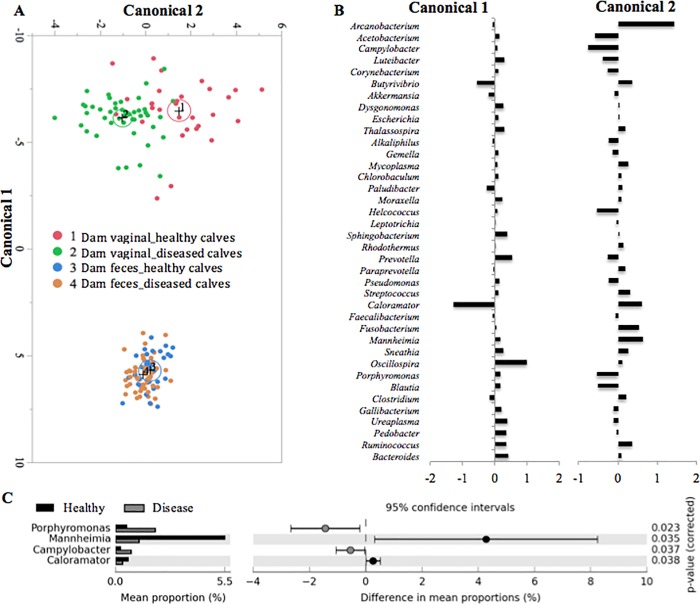Fig 4. Discriminant analysis of dam feces and vaginal microbiotas according to calf upper respiratory tract (URT) health status (healthy calves, or calves that developed pneumonia, otitis, or both diseases combined during the pre-weaning period, termed ‘diseased calves’).
The 40 most common shared bacterial genera were added to the discriminant procedure. The ellipses represent the 95% confidence region that contains the true mean of the group, and a plus symbol indicates the center (centroid) of each group (A). Differences in the dam microbial profiles for each health group and sample type detected in the discriminant analysis are illustrated by Canonicals 1 and 2 (B). Detailed bacterial genera differences between dam vaginal microbial groups based on calf health status are illustrated by the x-axis values (C). Welch’s test with Benjamin-Hochberg FDR correction was applied on these datasets (C). The results were filtered using a P-value of 0.05 and an effective size of 0.5 threshold in STAMP (C).

